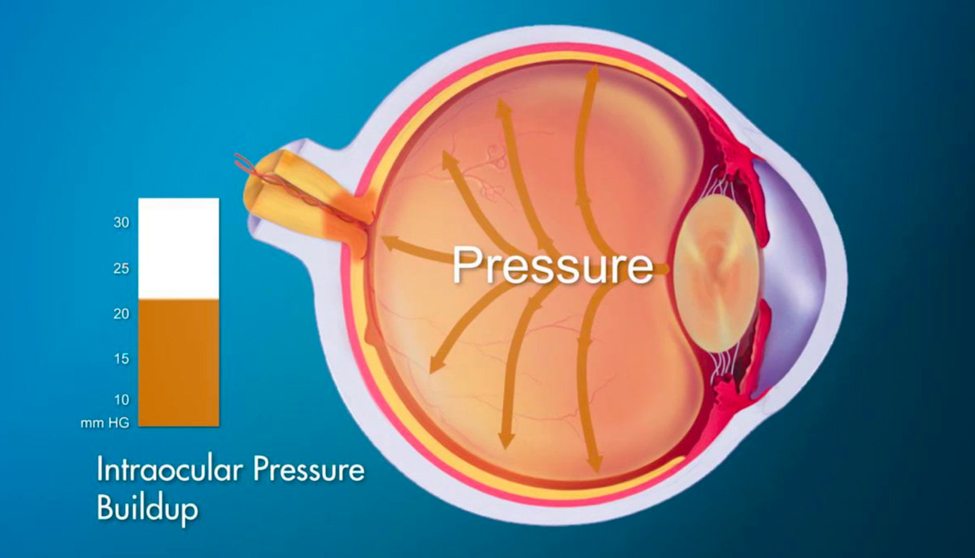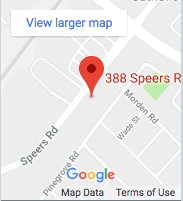
Glaucoma is a complex eye disease with characteristics such as optic nerve damage and visual field loss. Increased pressure inside the eye, which is called intraocular pressure or IOP, is usually always present and even patients with normal IOP could develop glaucoma.
No particular level of elevated eye pressure will definitely lead to glaucoma. On the other hand, your risk of developing glaucoma can’t be absolutely eliminated by having a lower level of IOP. That’s why regular eye exams are so important. Early diagnosis and treatment is vital to preventing vision loss.
Tonometry Measures Eye Pressure
Tonometry is the procedure eye care professionals use to determine the fluid pressure inside the eye. Most tonometers are calibrated to measure pressure in millimeters of mercury (mmHg). The test, called non-contact tonometry (NCT) uses a puff of air to provide a measurement of the internal fluid pressure of the eye.
The eye doctor uses this important test, along with other examination procedures, to evaluate a patient’s risk of developing glaucoma, or to discover if they already have it. Other methods of measuring the intra-ocular pressure may be used if you simply can’t tolerate the puff of air in your eyes or if your eye doctor prefers to use a different method.
Eye Pressure Measured in Millimeters of Mercury
Eye pressure is measured in millimeters of mercury (mmHg) and normal eye pressure ranges from 12-22 mmHg. Eye pressure greater than 22 mmHg is considered higher than normal. Higher than normal eye pressure is referred to as ocular hypertension when the patient doesn’t show signs of having glaucoma.
While high eye pressure alone doesn’t cause glaucoma, it’s a significant risk factor. If someone is diagnosed with high eye pressure, they should have regular comprehensive eye exams to check for signs of the onset of glaucoma.
Glaucoma Suspects
Someone with an above average IOP is referred to as a glaucoma suspect because of the concern that glaucoma may develop. The term is also used to describe others who have additional findings that could be potential indicators of glaucoma, either now or in the future.
For example, a strong family history of glaucoma or a suspicious optic nerve could classify you as a glaucoma suspect.
Preventing Vision Loss
When eye pressure is too high, it can damage the optic nerve and vision loss from glaucoma occurs. The peripheral (side) vision is usually affected first and any damage can’t be reversed. Changes in eyesight may be so gradual that they’re not noticed until a good deal of vision loss has already happened.
If the glaucoma is not treated, central vision will also decrease and be lost over time. Often, this gradual vision loss is how glaucoma is first noticed. The good news is, when detected early, glaucoma can be managed with medical and/or surgical treatment and most people with glaucoma do not lose their eyesight.
Image Credit: https://vimeo.com/89519411

